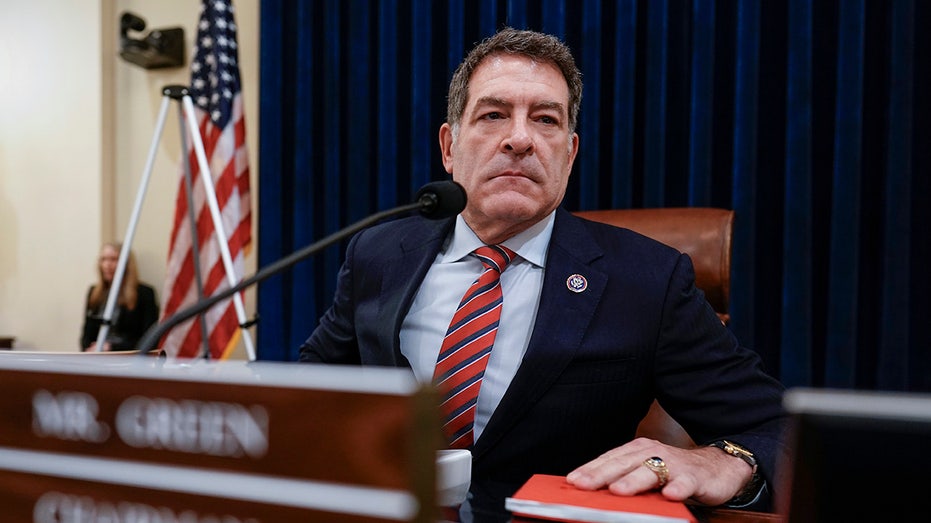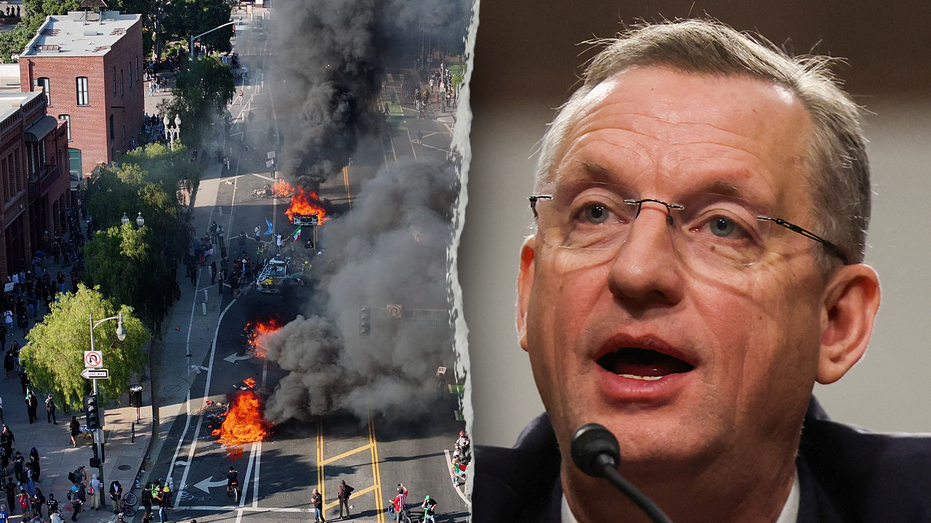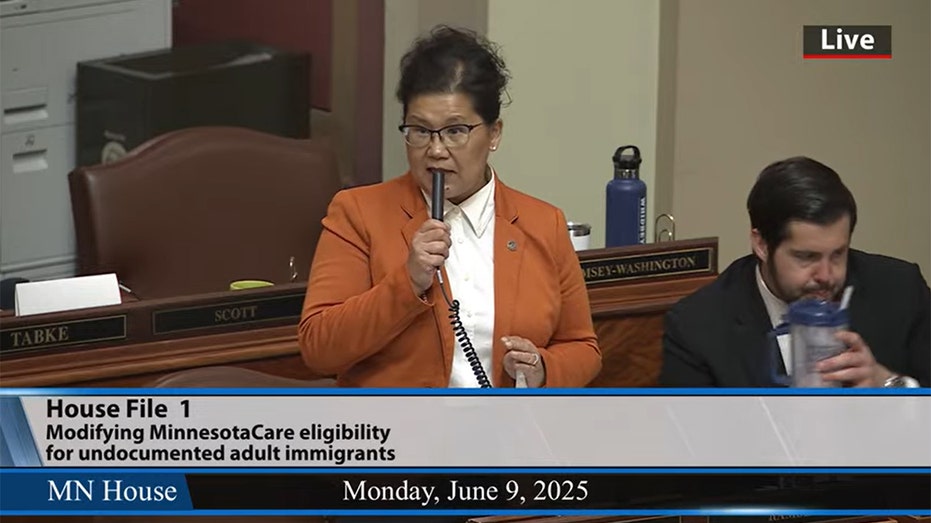Trump Administration Budget Cuts Threaten Safety Training for America’s Most Dangerous Jobs
Trump's proposed cuts to safety training funding endanger workers in America's most hazardous industries.


By the time Robbie Roberge spotted flames overtaking the galley of his fishing vessel last August, he faced a critical choice with only minutes to spare. As the fire quickly climbed the walls of the “Three Girls” — named for his daughters — Roberge managed to usher his crew into safety suits, deploy a life raft, and issue a distress call to alert others nearly 100 miles offshore. His calm response did not come by accident; just three months earlier, he had attended an intensive safety workshop tailored to the high-risk world of commercial fishing.
Roberge, a veteran fisherman from South Portland, Maine, says that despite decades working on the water, emergency training dramatically changed his approach. On May 20, he interrupted a fishing trip to bring the six-man crew from his remaining boat to another training session in Massachusetts. “I have years of experience, but not dealing with emergencies,” Roberge explained. “I make it a point to be here.” Stories like his illustrate the lifesaving impact of specialized training programs for some of America’s most hazardous professions—including fishing, logging, and agriculture.
However, the future of such critical safety trainings is now in jeopardy. Following sweeping efforts by President Donald Trump’s administration to cut federal spending and reduce the size of government, funding has dried up for many of the programs run by the National Institute for Occupational Safety and Health (NIOSH). This federal agency, a key supporter of workplace safety research and training, recently saw about 875 of its roughly 1,000 employees terminated as of April 1.
While approximately 300 NIOSH staff were reinstated this month, they do not include members of the department that oversees numerous regional centers dedicated to protecting workers in hazardous fields. Several Centers for Agricultural Safety and Health are now preparing to close or scale back their work when current grants expire in the coming months. For organizations like the Alaska Marine Safety Education Association and Fishing Partnership Support Services (FPSS), which have prepared and trained thousands of fishermen, the clock is ticking. Many anticipate significant reductions or even complete shutdowns of their training initiatives as early as July or September if federal support ends.
J. Glenn Morris, who directs a major center at the University of Florida, confirmed that preparations are underway to wind down operations, stating, “We simply don’t have the resources to continue without the NIOSH grant.” In Alaska, Leann Cyr, executive director of a prominent marine safety group, warned that funding could dry up within weeks. Dan Orchard, executive vice president of FPSS, said the anticipated cuts would force difficult choices, putting both crews and rescue services at greater risk.
The potential fallout extends beyond individual workers. According to John Roberts, a former Coast Guard search and rescue official who now trains fishermen, cutting these programs could strain federal rescue agencies further as untrained fishermen find themselves in danger. Roberts emphasized, “If they give us this money to do this training, it’s going to lessen how much money has to be spent to rescue the untrained.”
When pressed for comment, a spokesperson for the Department of Health and Human Services insisted, “The work will continue. HHS supports America’s farmers, fishermen, and logging workers.” Meanwhile, Health Secretary Robert F. Kennedy, Jr., defended the staff reductions, asserting that consolidating NIOSH with other agencies under a new Administration for a Healthy America would reduce bureaucracy and improve efficiency.
As critical deadlines loom, many in America’s most dangerous professions stress the importance of preserving lifesaving training programs—pointing to incidents like the fire aboard the “Three Girls” as evidence that practical preparation can mean the difference between tragedy and rescue.




